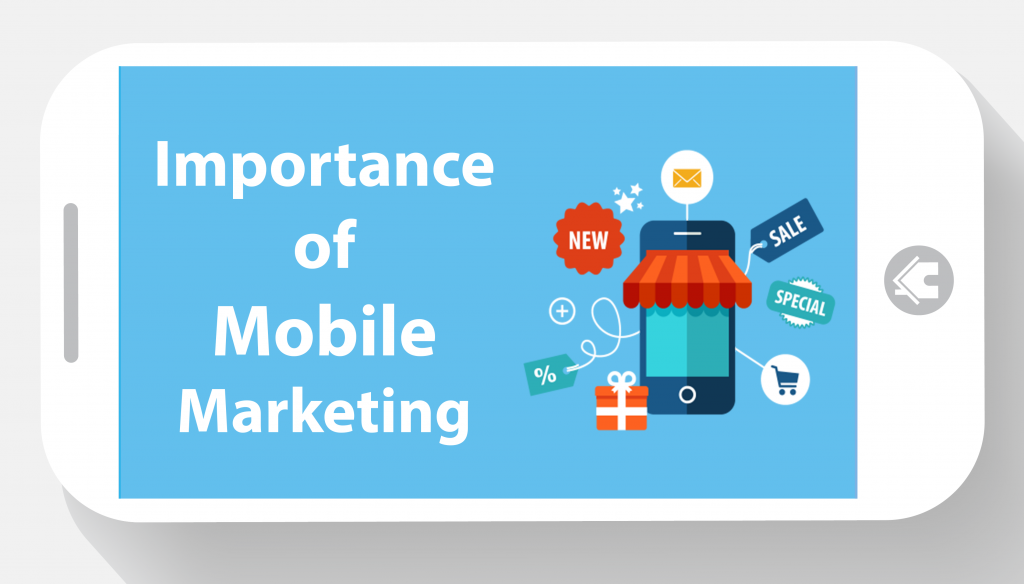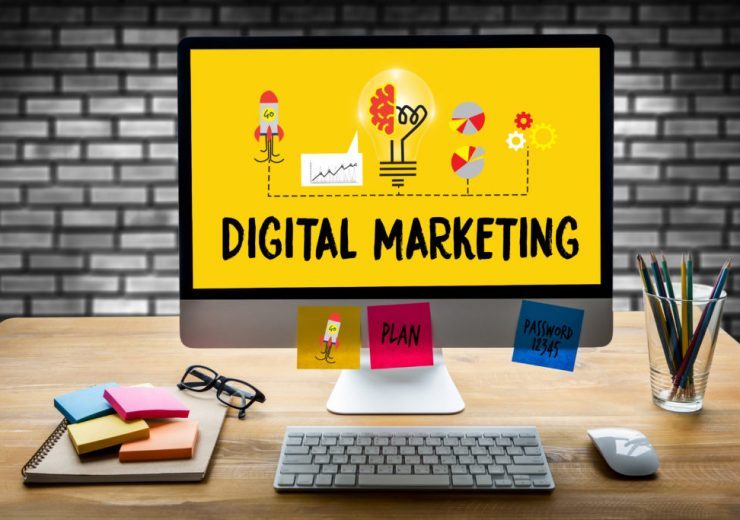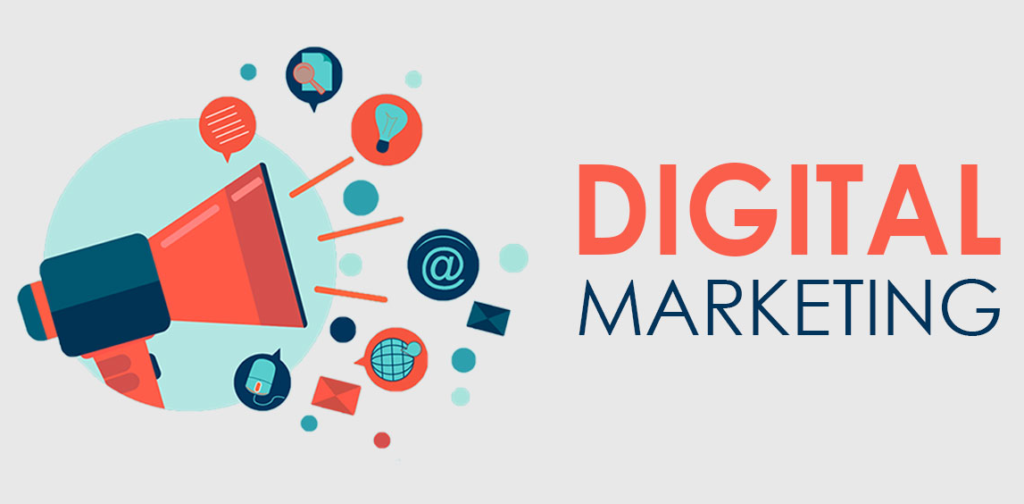Email Marketing: Definition, Strategy and Benefits in Digital Marketing
Email marketing is basically the use of email to promote products or services while developing relationships with potential customers or clients. It is essentially direct mail done electronically instead of through the postal service. Learn about the perks of email marketing, methods do it right, and how it compares to some other forms of marketing. Keep reading for more information.
Did you know there are 3x more email accounts than Facebook & Twitter accounts combined? Or that you are 6x more likely to get a click-through from email than on Twitter?
As a savvy marketer, you’ve likely seen the reports that show email has the highest ROI of any marketing channel available. We bet you’re keen to start using email to drive sales and revenue for your business.
How Email Marketing Works
It’s easy to set up and track an email marketing campaign, which makes it accessible for small businesses.
You can add a newsletter sign-up option to your website, for instance. As people sign up, you can send newsletters to a growing audience. You can also direct customers to the newsletter from your social media profiles.
A regular newsletter is a simple and effective way to send updates about your company, upcoming events, and special offers.
Email software also makes it easy to schedule automated promotional emails for customers who haven’t purchased recently.
Email marketing allows you to target particular groups of customers or even specific individuals. Offering individual customers special birthday deals on merchandise or services is one way to do this.
A restaurant, for instance, might send an email to customers on their birthdays offering 50% off an entree.
This kind of personalization helps a business develop and maintain a relationship with a customer—and that can lead to increased sales and customer loyalty.
Basics and Beginner Strategies in Email Marketing
From conversations with small businesses, we’ve learned that figuring out how to get started with email marketing is often the hardest part. How exactly do I get started? What are the steps I need to take? How do I build a list? Here we go
- Choose An Email Marketing Service Provider
If you’re serious about email marketing, you need to work with an email marketing service provider.
Working with a provider is the only way your business can leverage email marketing automation to effectively deliver messages to large groups of contacts or subscribers.
You’ll also benefit from professional email templates, tools to help you grow and manage your email list, and tracking features that show you who is opening and engaging with your campaigns and messages.
- Gather Contacts For Your Email Marketing List
Most businesses will have some existing contacts to start an email list. Think of the customers and people you already have a relationship with.
Maybe it’s the business contacts you email with on a regular basis; maybe you just start with a few supportive friends and family members.
Even if you’re building an email list completely from scratch, don’t get discouraged.
Start by putting a paper sign-up sheet near your register, adding an online sign-up form to your website, and encouraging your social media followers and loyal customers to sign up.
- Add Your Contacts Into Your Email Marketing Account
Whatever you do, don’t be tempted to purchase an email list.
Email marketing is all about building and nurturing relationships; connecting with a smaller list of quality contacts will be more impactful than blasting out messages to contacts that don’t even know your business.
- Practice Writing Persuasive Messages.
This tends to be one of the scariest steps for business owners. I get it — writer’s block happens to the best of us.
What usually snaps me out of it is pretending I’m having a face-to-face conversation with someone and writing down exactly what I’d like to say to them.
It also helps to follow a repeatable process and break your message down into three important sections:
What are you offering? — Headline
How will it help the reader? — Message body
What should they do next? — Call to action
- Track your results
Don’t be deceived — email marketing doesn’t end with a send. You will want to track your open rate, click-through rate, unsubscribe rates, etc., and work to improve over time.
If you want to see real results from your email marketing, you need a strong understanding of how each email performs so you can make improvements and learn more about your customers and subscribers.
Spending a few minutes in your email reports will tell you valuable information like who opened your email, who clicked on specific links, and what information was the most interesting to your readers.
While it’s important to know how engaging your campaign messages are, make sure you’re tracking actions that happen beyond your emails.
How many clicks to your donation page are translating into real donations? What is the total amount of funds raised from a single email?
Studies by marketing analysts with the company Litmus have consistently found that just under half of all emails are opened on mobile devices.
That means, if your email doesn’t display correctly on mobile platforms, half of your audience is going to think you don’t know how to properly craft an email.
We hope this was useful to You. Do you have questions about the subject? Don’t hesitate to reach out and ask us. Kindly share and subscribe to our content.


















